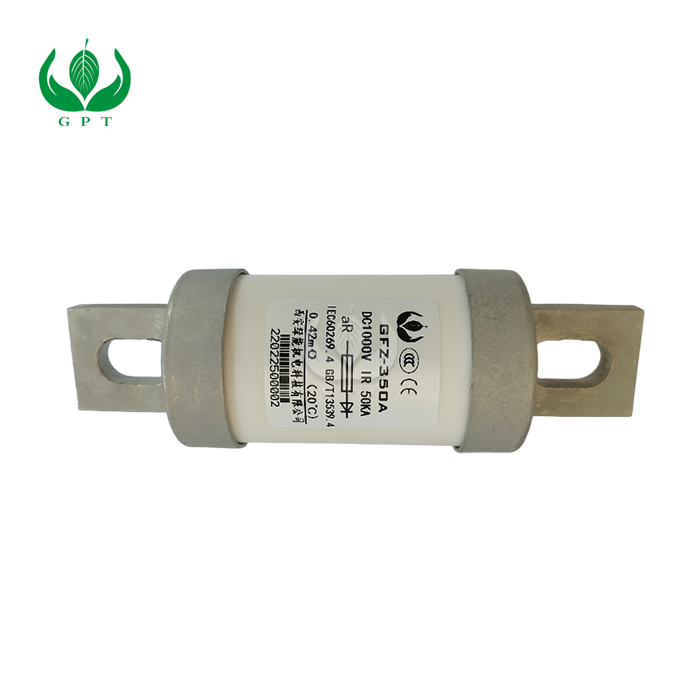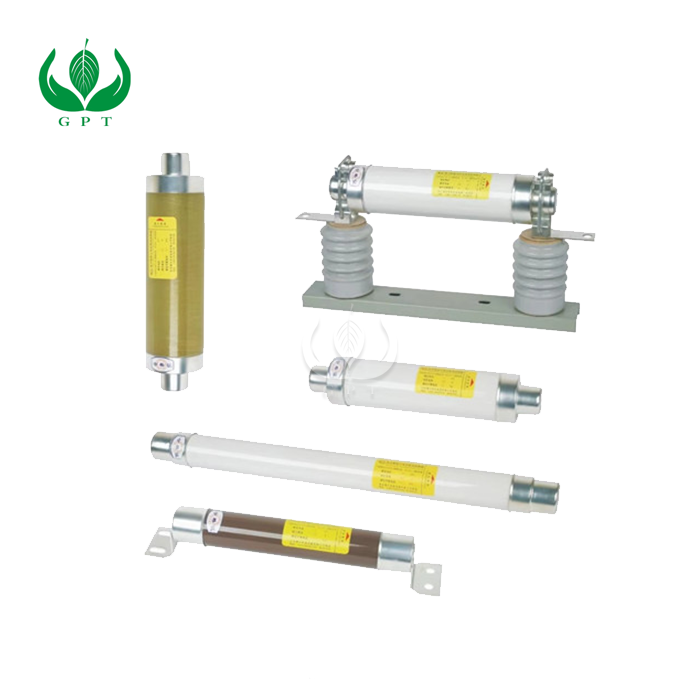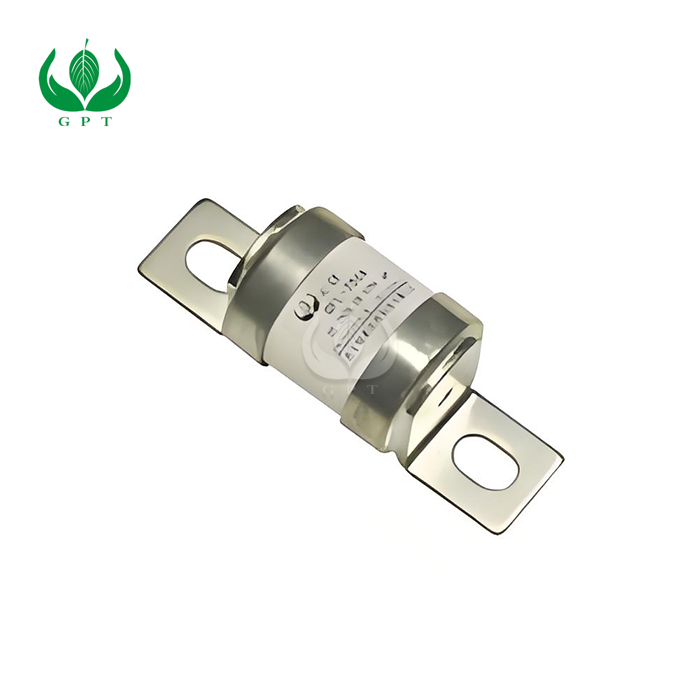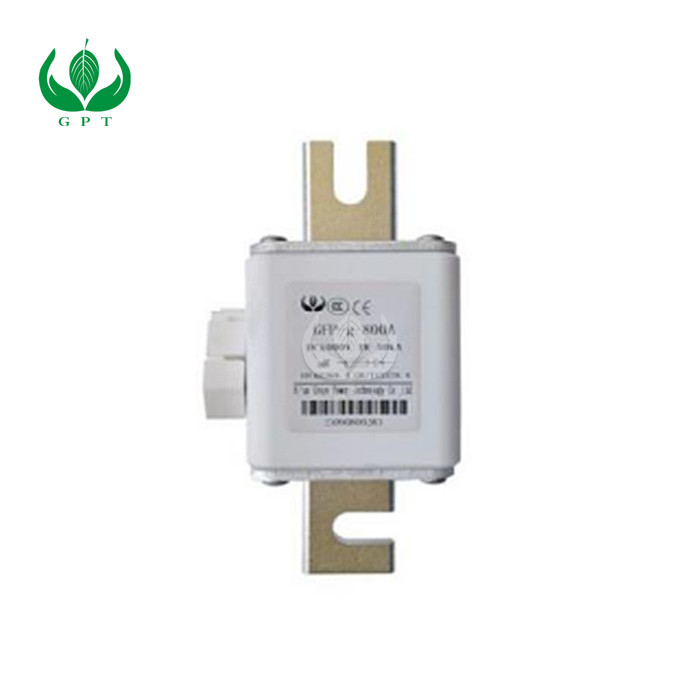Fuses Play A Critical Role In Circuit Protection For Pv Systems And Ev Charging Stations
2024-10-11 00:00:00
Fuses play a critical role in circuit protection for photovoltaic (PV) systems and electric vehicle (EV) charging stations, primarily addressing faults such as short-circuit and overload protection to ensure safe and reliable system operation. Below is a detailed application analysis:
► I.Application of Fuses in PV Systems
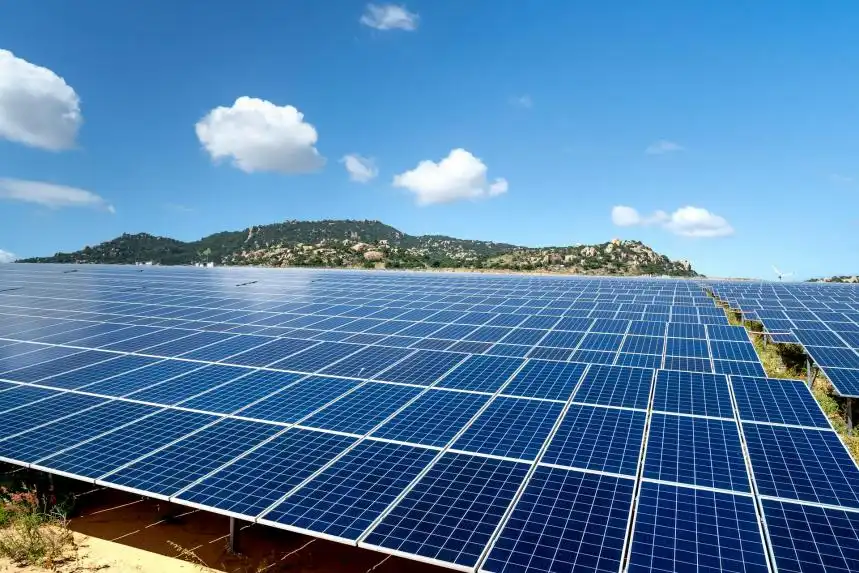
1. Key Protection Scenarios
--DC-Side Protection (PV modules → inverter):
String over current (due to shading or reverse current flow)
DC arc faults
Inverter input-side short circuits
--AC-Side Protection (inverter → grid):
Grid-side short circuits or overloads
2. Critical Requirements
High DC breaking capacity (PV systems can reach up to 1500V DC, requiring rapid fault current interruption)
High-temperature resistance (outdoor installations with significant temperature fluctuations)
Aging resistance (long-term exposure to UV rays and humidity)
Low power loss design (to minimize system energy loss)
3. Typical Applications
String fuses: Independent protection for each PV string
Combiner box fuses :Protection for multiple string inputs
Inverter DC input fuses
AC output fuses
► II.Application of Fuses in EV Charging Stations
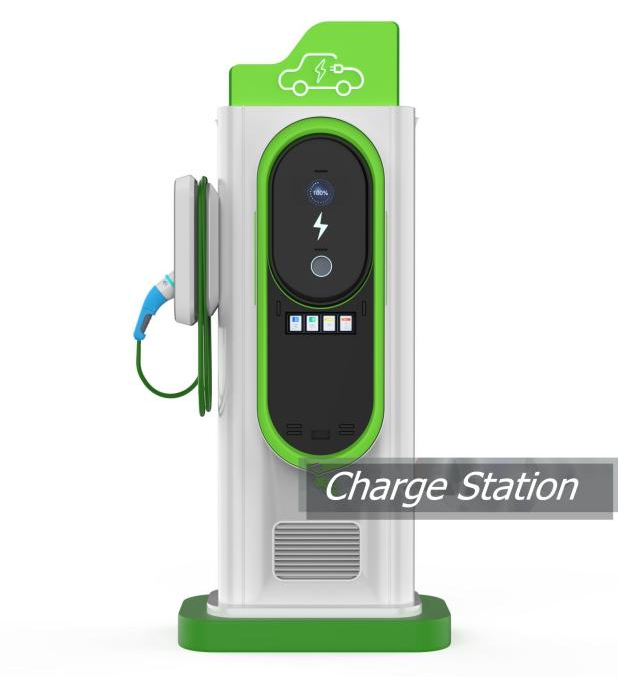
1. Protection Requirements
--DC fast chargers (high-voltage, high-current systems, e.g., 400V/800V):
Battery overcharge protection
Charging module IGBT short-circuit protection
Cable short-circuit protection
--AC slow chargers:
Leakage protection
Ground fault protection
2. Technical Challenges
High voltage levels (800V+ platforms require specialized high-voltage fuses)
Fast response (to prevent battery thermal runaway)
Vibration resistance (mechanical stress in vehicular environments)
Compact design (space constraints in charging stations)
3.Typical Configuration
|
Location
|
Fuse Type
|
Function
|
|
DC input side
|
High-voltage fast-acting fuse (e.g., aR type
|
Instantaneous short-circuit protection
|
|
Inside charging module
|
Semiconductor protection fuse (gR/gS type)
|
IGBT overcurrent protection
|
|
Battery connection loop
|
High-breaking-capacity fuse
|
Prevents reverse polarity or external short circuits
|
► III. Key Selection Criteria Comparison
|
Parameter
|
PV System Requirements
|
Charging Station Requirements
|
|
Voltage rating
|
DC1000V-1500V
|
DC400V-1000V
|
|
Breaking capacity
|
≥20kA (DC)
|
≥10kA (DC)
|
|
Environmental adaptability
|
UV-resistant, moisture-proof
|
Shock-resistant, wide temperature range
|
|
Certification standards
|
IEC 60269-6 (PV - specific)
|
UL 248/GB/T 3146
|
► IV. Industry Trends
1. Smart features:
- Fuses with status monitoring (e.g., blown fuse indication, remote alerts)
- Integration with BMS/EMS systems
2. Material innovations:
- Silver alloy fuse elements (to reduce arc energy)
- Ceramic housings (for enhanced explosion resistance)
3. Standard updates:
- New standards for 800V+ high-voltage platforms (e.g., ISO 8820-8)
4. Integrated designs:
- Modular protection units combining fuses, contactors , and sensors
► Contact Us
For specific model selection or technical parameter details, feel free to contact us !



_1752570870823.webp)
